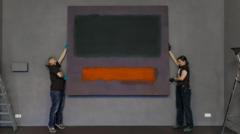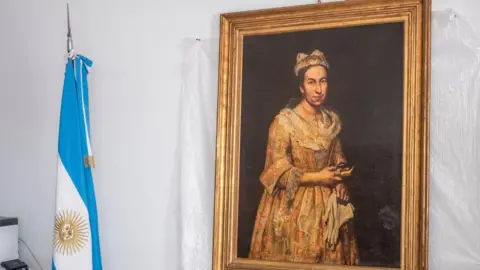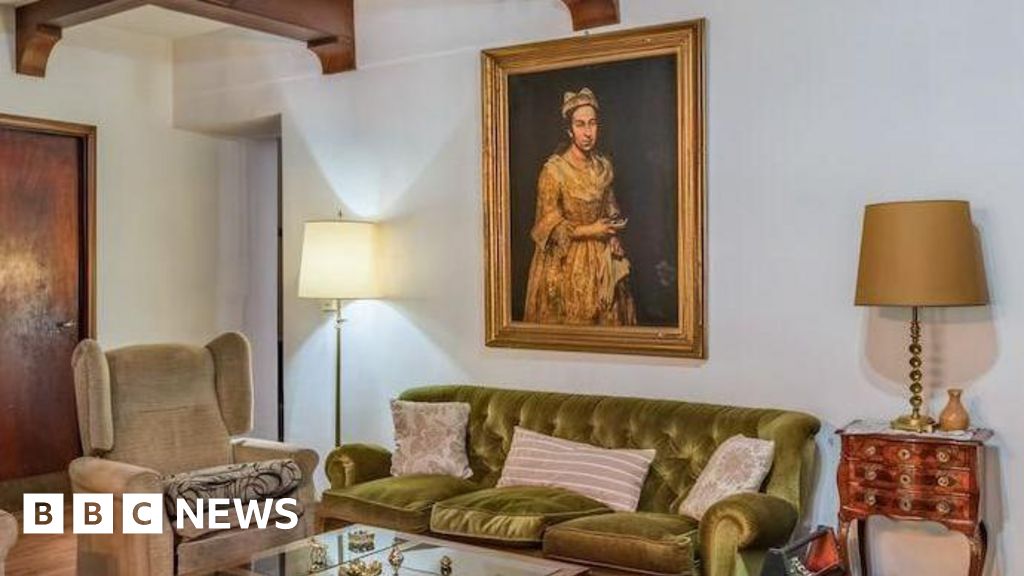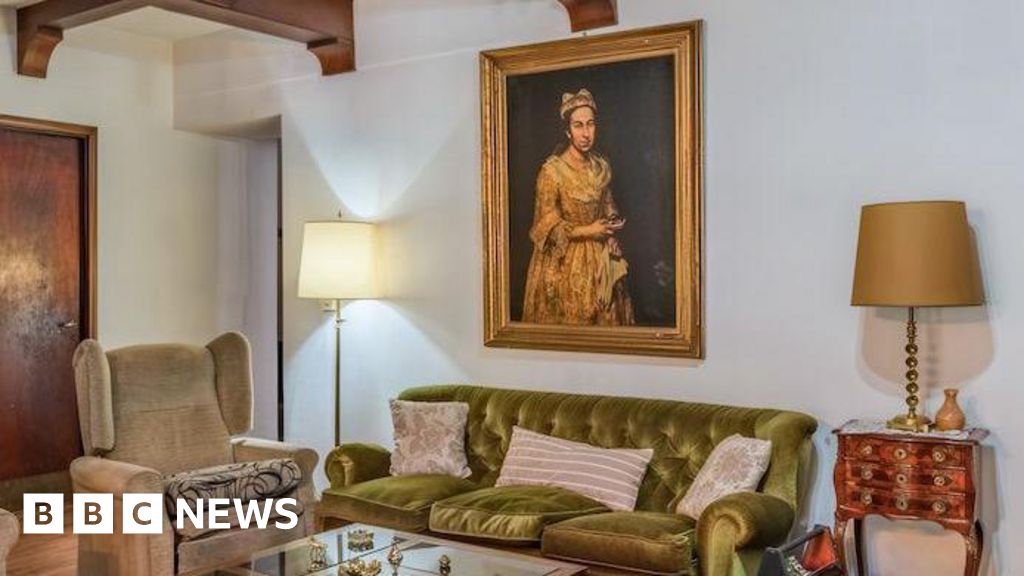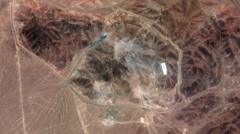The incident occurred during what museum officials described as an "unguarded moment," with small scratches now evident on the painting's unvarnished surface. According to reports, conservation efforts are underway as the museum seeks expert advice both domestically and internationally regarding the restoration process. A museum spokesperson reassured the public that the iconic piece is expected to be displayed once again after appropriate treatment.
Experts highlight that modern artworks, particularly Rothko's, are particularly vulnerable due to their unique material composition and lack of protective layers. The delicate nature of Rothko’s artwork challenges conservators, emphasizing the need for caution in public exhibitions featuring high-value items. Additionally, this incident raises significant implications for other museums contemplating displaying high-value collections more openly.
In a reflective commentary, art restoration professionals pointed out the challenging nature of restoring Rothko’s pieces, given their intricate pigment mixtures and exposure to environmental factors due to their unvarnished state. As such, conservators are meticulously documenting the damage and researching historical restoration methods applicable to Rothko works.
The museum has a history of holding visitors accountable for damages, having previously sought compensation from individuals who inadvertently harmed displays. As discussions about museum liability and visitor interaction policies continue, the implications of this incident extend beyond Rotterdam, especially for UK institutions re-evaluating their approaches to public art displays.
Art collectors and enthusiasts await updates on the Rothko painting's restoration while discussing the broader challenges faced by modern artworks in an age where public access to art is increasingly prioritized. In a world where art encounters accidents, this event serves as a vital reminder of the balance between preservation and accessibility in the art community.
Experts highlight that modern artworks, particularly Rothko's, are particularly vulnerable due to their unique material composition and lack of protective layers. The delicate nature of Rothko’s artwork challenges conservators, emphasizing the need for caution in public exhibitions featuring high-value items. Additionally, this incident raises significant implications for other museums contemplating displaying high-value collections more openly.
In a reflective commentary, art restoration professionals pointed out the challenging nature of restoring Rothko’s pieces, given their intricate pigment mixtures and exposure to environmental factors due to their unvarnished state. As such, conservators are meticulously documenting the damage and researching historical restoration methods applicable to Rothko works.
The museum has a history of holding visitors accountable for damages, having previously sought compensation from individuals who inadvertently harmed displays. As discussions about museum liability and visitor interaction policies continue, the implications of this incident extend beyond Rotterdam, especially for UK institutions re-evaluating their approaches to public art displays.
Art collectors and enthusiasts await updates on the Rothko painting's restoration while discussing the broader challenges faced by modern artworks in an age where public access to art is increasingly prioritized. In a world where art encounters accidents, this event serves as a vital reminder of the balance between preservation and accessibility in the art community.

